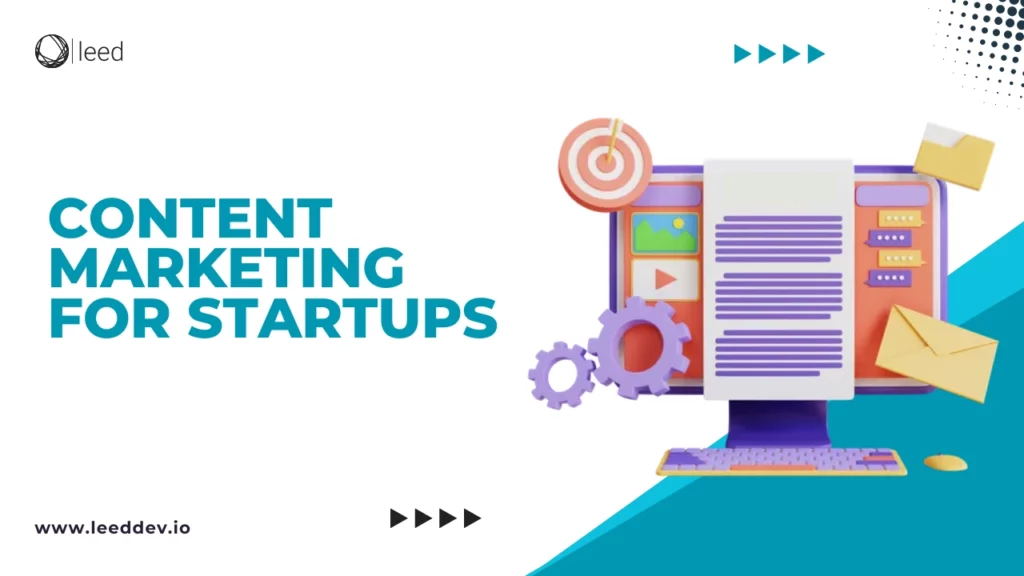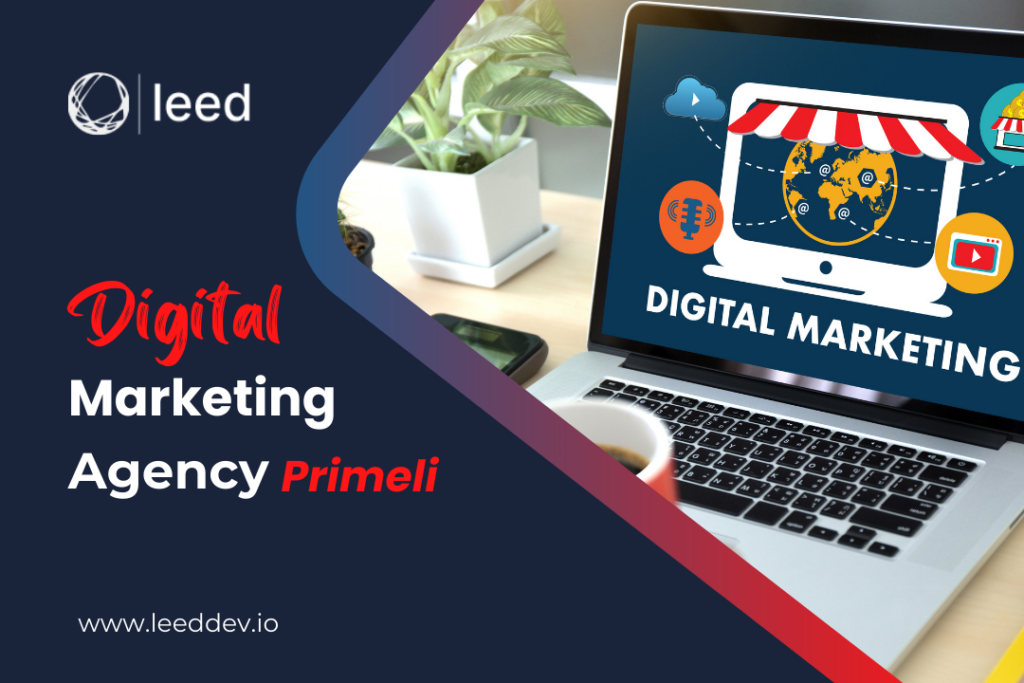Do you have any idea that more than 30,000 new products are introduced every year but about 60 – 70% of these products fail? Similarly at the same time Netflix and Google are one of the leading giants in the industries. So what’s the secret sauce these giants have used which helped them gain success? Well the answer is product strategy. Your product strategy is one of the most important cornerstones which is involved in building customer loyalty and increasing the growth of your business.
Let’s go through the details about what’s a winning product strategy and how it can help your business grow.
What Is Product Strategy?
In simple terms, a product strategy is a high level plan which describes what the business wants to achieve and how they would achieve it. Basically, you align your product idea with the user demands, market trends and your business model. You need to design your project strategy in a way that your customers have a positive interaction everytime they engage with your product. So do a market analysis and consider all the ways your customers will interact with the product. This will help you maintain a positive interaction and in return will drive business success.
Key Elements Of A Product Strategy
The next thing you need to know are the 4 main key elements of a product strategy if you want to improve your sales. If you want to build a customer centric and effective product strategy then do consider these components. The 4 main key elements of a product strategy are as follows:
Market Analysis
The first thing you need to do is to analyze the latest market trends that are surrounding your market. Having an idea about market dynamics is crucial for your business. You need to know what the users want. Identify the potential gaps in the market and offer a product that will fill those gaps
Competitive Analysis
The next step in building your product strategy framework is to do competitor analysis. You need to know about the services of your competitors, what they are offering and how you can provide a better product than them. Competitor analysis will help you understand the expectations of your customers. You need to think about ideas which will outperform your competitors.
Customer Segmentation
This is the step where you will divide your customers based on their traits. You need to know where your customers vary in their interest and needs so that you can target them according to it. By recognizing your customer needs you can create a tailored experience for them. And in return you can get customer loyalty.
Identified Metrics of Success
Before you start using new plans, you should decide what success means to you. Is it more customers renewing their subscriptions? Are you aiming for happier customers? Once you know what you want, you can check how well you’re doing. Choose the important things to measure your performance, and see where you’re starting from. This way, you can understand if your new plans are working or if you need to change something.
Example Of Product Strategy
For further information let me explain product strategy through an example:
Suppose that you are building an effective product strategy. So what will be this first step? Well it would be to consult your product manager and he would identify important elements like:
- Product roadmap
- Pricing strategy
- Detailed customer segmentation
- Feedback
The next thing is to consider different questions like:
- What is the result of your market analysis?\
- What are your competitors offering and how can you perform better than them?
- What customers do you need to target based on the strategy?
- What are your key metrics?
You need to answer questions like these for driving success and building an effective strategy.
An Overview to Build an Effective Product Strategy
For building an effective product strategy follow the given steps:
- Know your customers, who they are and what they want
- Make sure that you have a clear understanding of your product vision
- Identify your product’s unique selling proposition (USP) to understand how it distinguishes itself within the market.
- You also need the approval of your product team and stakeholders. Make sure that you fulfill your clients as well as stakeholders demands
- After the launch of your product you need to follow up your customers and take their valuable feedback.
Types Of Product Strategy
Basically, there are 5 main types of product strategy. Let me give you an overview about these strategies:
- Cost Strategy: Focuses on building cost effective products while minimizing the resources. The goal is to provide customers with less expensive products and increase their savings
- Differentiation Strategy: Focuses on how your company will stand out in the market. With a differentiation strategy, you can clearly define your product to make it more attractive to customers compared to others.
- Focus Strategy: Focuses on building products which are targeted for particular customers. The main goal is to develop, sell and market products to a defined niche.
- Quality Strategy: Quality strategies emphasize producing superior products, catering to customers who prioritize quality over price, as evidenced by the 68% willing to pay more for such offerings
- Service Strategy: The Salesforce has reported that about 89% of customers like to buy another product if they receive a positive customer service experience. So you need to make a customer centric approach which will solve the needs of your customers.
Benefits of Product Strategy
Following are some of the benefits of product strategy:
- Gives Clarity
- Competitive advantage
- Focuses on Product Roadmap
- Customer focus
- Easy to make informed decisions
- Resource optimization
- Adaptability
- Easy to measure success
- Risk mitigation
Conclusion
In conclusion, crafting a winning product strategy is essential for business growth and success in a competitive market. By aligning product ideas with market demands, conducting thorough analyses, and implementing effective segmentation, businesses can tailor their offerings to meet customer needs and outperform competitors. Moreover, defining clear metrics of success and leveraging various types of product strategies, such as cost, differentiation, focus, quality, and service strategies, enables companies to achieve their goals while maximizing benefits such as clarity, competitive advantage, customer focus, and adaptability. Ultimately, a well-executed product strategy not only drives sales but also fosters customer loyalty and long-term business sustainability.
FAQs
What is a product strategy?
A product strategy is a high-level plan that outlines what a business aims to achieve with its products and how it plans to accomplish those goals, aligning product ideas with market trends and customer demands.
Why is market analysis important in product strategy?
Market analysis helps businesses understand current market dynamics, identify potential gaps, and ensure their products meet customer needs, enabling them to make informed decisions and develop competitive strategies.
What role does customer segmentation play in product strategy?
Customer segmentation involves dividing customers based on their traits and needs, allowing businesses to tailor products and experiences to specific segments, increase customer satisfaction, and foster loyalty.
How do you measure success in product strategy?
Success in product strategy can be measured by various metrics such as customer retention, satisfaction ratings, revenue growth, and market share, providing insights into the effectiveness of strategies and areas for improvement.
What are the benefits of having a product strategy?
Having a product strategy provides clarity of direction, helps gain competitive advantage, focuses on customer needs, enables informed decision-making, optimizes resource allocation, fosters adaptability, facilitates measurement of success, and mitigates risks.




